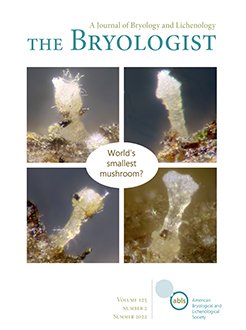Phytochromes are important in allowing plants to sense and react to environmental changes. We investigated the similarities and differences of sexual and asexual offspring of a tropical liverwort (Marchantia inflexa). We expected that both types of dispersing offspring will have similar germination responses to ensure that the resulting individual will be established in a viable microhabitat. This expectation contrasts with the different germination responses found in M. polymorpha offspring. Sexual (spores) and asexual (gemmae) offspring of M. inflexa were subjected to differing light qualities and quantities to test for phytochrome involvement in germination. Proportions of offspring germinated were then compared within each type of offspring. We also compared the DNA and protein of the phytochrome and the phytochrome-interacting factor of M. polymorpha with M. inflexa to test for similarity. Sexual and asexual offspring of M. inflexa germination responses were consistent with being phytochrome-mediated, which will likely result in both germinating in similar microhabitats. Interestingly, this pattern differs from reports for M. polymorpha spores where germination is mediated by photosynthesis. The two species provide novel insights into the evolution of phytochrome functionality within a genus. Between the two species the DNA and protein of the phytochrome was conserved but the DNA and protein of the phytochrome-interacting factor less so.
How to translate text using browser tools
3 May 2022
Sexual and asexual offspring germination in a tropical liverwort is mediated by phytochromes
Conner M. Lay,
Morgan Sindall,
Sheldon K. McLetchie,
D. Nicholas McLetchie
ACCESS THE FULL ARTICLE

The Bryologist
Vol. 125 • No. 2
Summer 2022
Vol. 125 • No. 2
Summer 2022
Bryophytes
gemmae
liverwort
Marchantia polymorpha
phyA
phytochrome-interacting factor
red:far-red ratios




